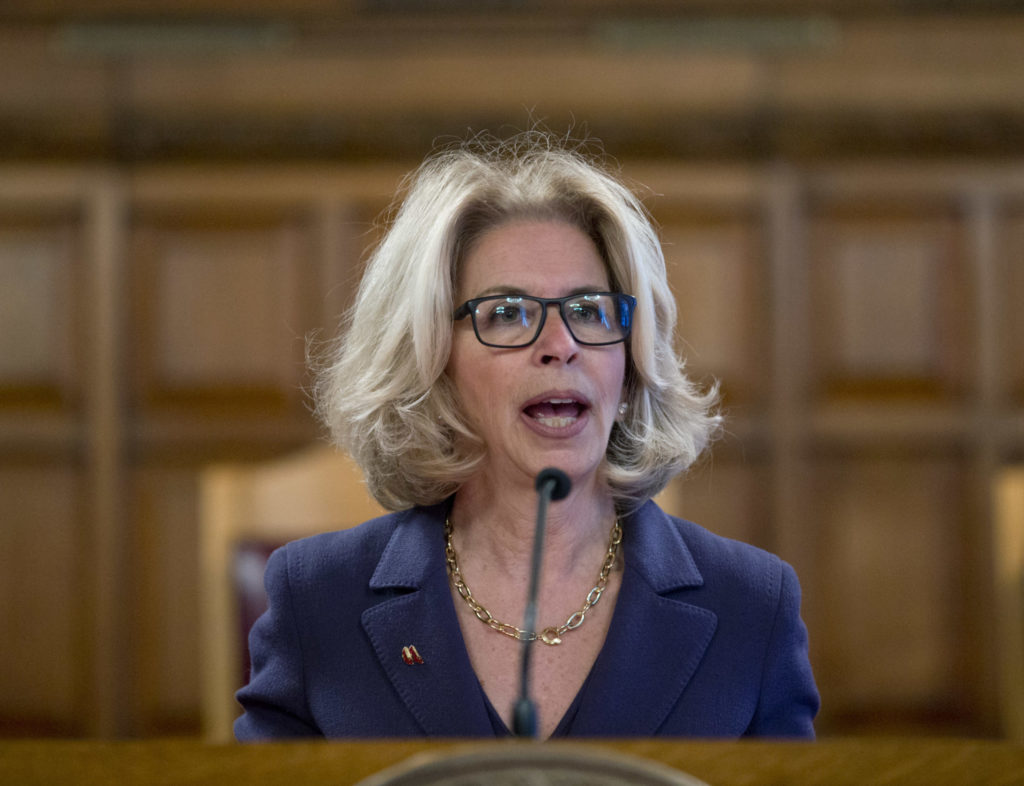Chief Judge DiFiore, senate and assembly chairs announce introduction of constitutional amendment for court reform

New York State Chief Judge Janet DiFiore, Senate Judiciary Committee Chair Brad Hoylman (D-Manhattan) and Assembly Judiciary Committee Chair Charles D. Lavine (D-Glen Cove) on Thursday announced the introduction of proposals to achieve long-overdue reform and simplification of the state’s overly complicated court structure by merging the current 11 trial courts.
This would bring New York into line with the other states, many of which, including California and New Jersey, have only one or two trial courts.
If enacted, the amendment would enhance access to justice by untangling a labyrinthian system that is hundreds of years old. The new structure would save millions in legal costs for low-income litigants, provide a greater platform for advancement and promotion of judges, and allow greater flexibility for judges to be assigned where needed.

Brooklyn Boro
View MoreNew York City’s most populous borough, Brooklyn, is home to nearly 2.6 million residents. If Brooklyn were an independent city it would be the fourth largest city in the United States. While Brooklyn has become the epitome of ‘cool and hip’ in recent years, for those that were born here, raised families here and improved communities over the years, Brooklyn has never been ‘uncool’.